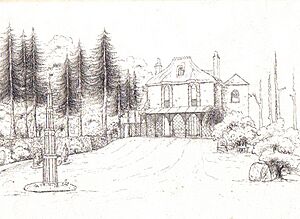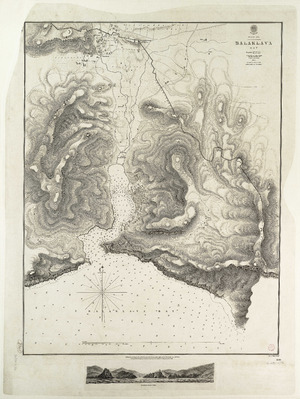Thomas Abel Brimage Spratt facts for kids
Quick facts for kids
Thomas Abel Brimage Spratt
|
|
|---|---|

"Captain Thos. A. B. Spratt RN" (annotation)
Carte de visite by Schembri & Zahra, Malta, ca 1860s. |
|
| Born | 11 May 1811 Woodway Cottage, East Teignmouth
|
| Died | 12 March 1888 (aged 76) |
| Nationality | British |
| Occupation | Royal Navy Vice Admiral, hydrographer, and geologist |
| Spouse(s) | Sophia Price |
| Children | a son |
| Parent(s) | James Spratt |
Thomas Abel Brimage Spratt (born May 11, 1811 – died March 12, 1888) was a British Navy officer. He was also a hydrographer, which means he made detailed maps of oceans and coasts. Plus, he was a geologist, someone who studies rocks and the Earth's history.
Contents
Thomas Spratt was born in East Teignmouth, England. His father, Commander James Spratt, was also a brave officer in the Royal Navy. His father was even a hero at the famous Battle of Trafalgar.
Thomas joined the Royal Navy when he was 16 years old in 1827. He became part of the team that surveyed, or mapped, the seas. He spent many years, almost without stopping, mapping the Mediterranean Sea until 1863. He learned a lot about surveying from Thomas Graves.
Rising Through the Ranks
Thomas Spratt became a Lieutenant in 1841. His first command was a ship called HMS Volage. Later, he took over from Thomas Graves as the commander of HMS Spitfire.
During the Crimean War, he did important work in the Black Sea. He helped plan attacks on places like Kertch and Kinburn. Because of his excellent service, he was promoted to captain in 1855. He also received a special award called the Companion of the Order of the Bath. After this, he commanded HMS Medina and continued his mapping work in the Mediterranean.
Scientific Discoveries and Research
Thomas Spratt was very interested in natural history and geology. He worked with Edward Forbes, a naturalist, from 1841 to 1843. They studied how different sea creatures live at various depths in the ocean. Together, they wrote a book called Travels in Lycia (1847).
Spratt was recognized for his important work. He became a Fellow of the Royal Society, which is a group of top scientists.
Studying Harbors and Caves
When he was sick with malaria, Spratt went back to Teignmouth. He used this time to study how sand moves in the harbor. He suggested ways to make the harbor entrance better. A famous engineer, Isambard Kingdom Brunel, praised his clear and practical ideas.
Spratt also explored caves in Malta. He found bones of tiny elephants, called pygmy elephants (Elephas melitensis). He also studied the geology of several Greek islands, the coasts of Asia Minor, and the Nile delta.
Mapping Crete
One of his most famous works is Travels and Researches in Crete (1865). In this two-volume book, he described the island's geography, geology, old ruins (Eleutherna Bridge), and natural life. Two fossil species were even named after him!
Later Life and Legacy
From 1866 to 1873, Spratt worked as a commissioner for fisheries. He also helped manage the River Mersey from 1879 until he passed away in Tunbridge Wells on March 12, 1888.
He was married to Sophia Price. Sadly, two of their sons died young.
Role in the Discovery of Troy
Thomas Spratt played an unexpected role in finding the ancient city of Troy. One of the maps he made, known as "Spratt's Map," was used by famous archaeologists like Heinrich Schliemann.
On this map, a German professor had written "Troy" with a question mark above the ruins of a Greek city called "Novo Ilium" (New Troy). When Schliemann saw "Troy" with a question mark on the map, he decided to start digging in that area. This led to the amazing discovery of the real ancient city of Troy!
See also
- Xerxes Canal



